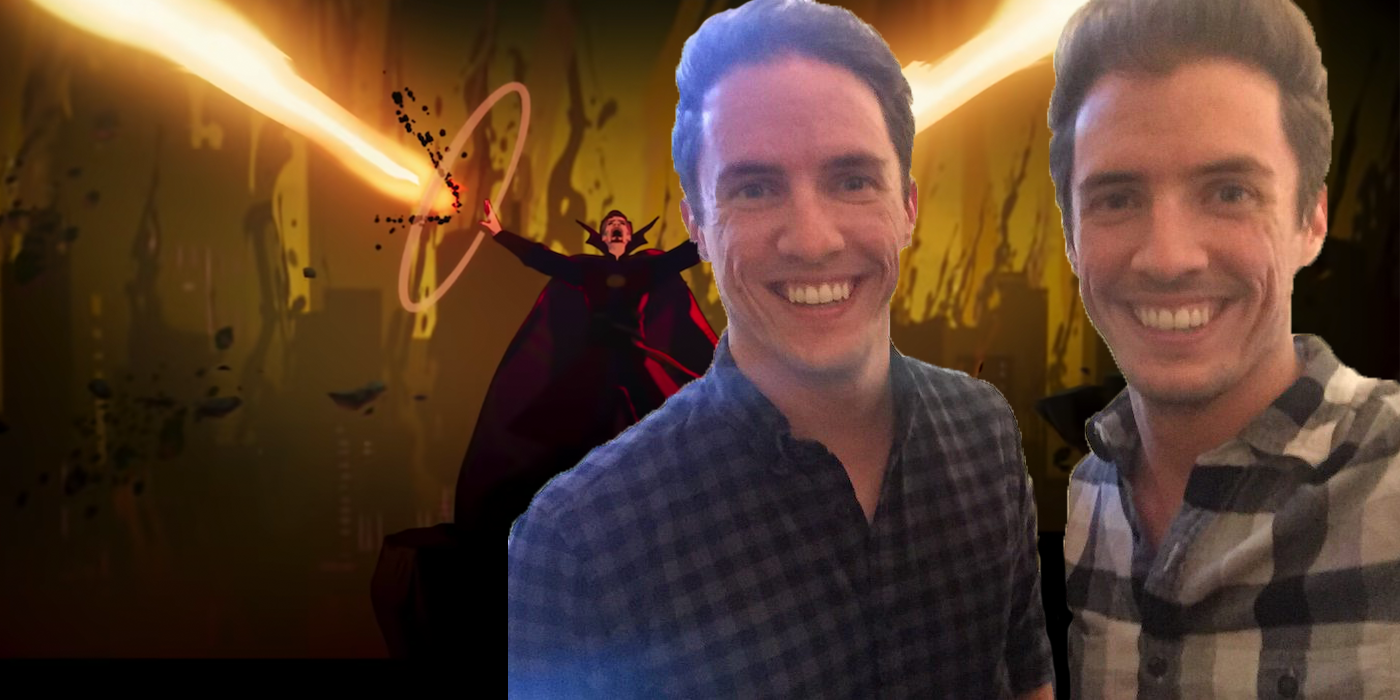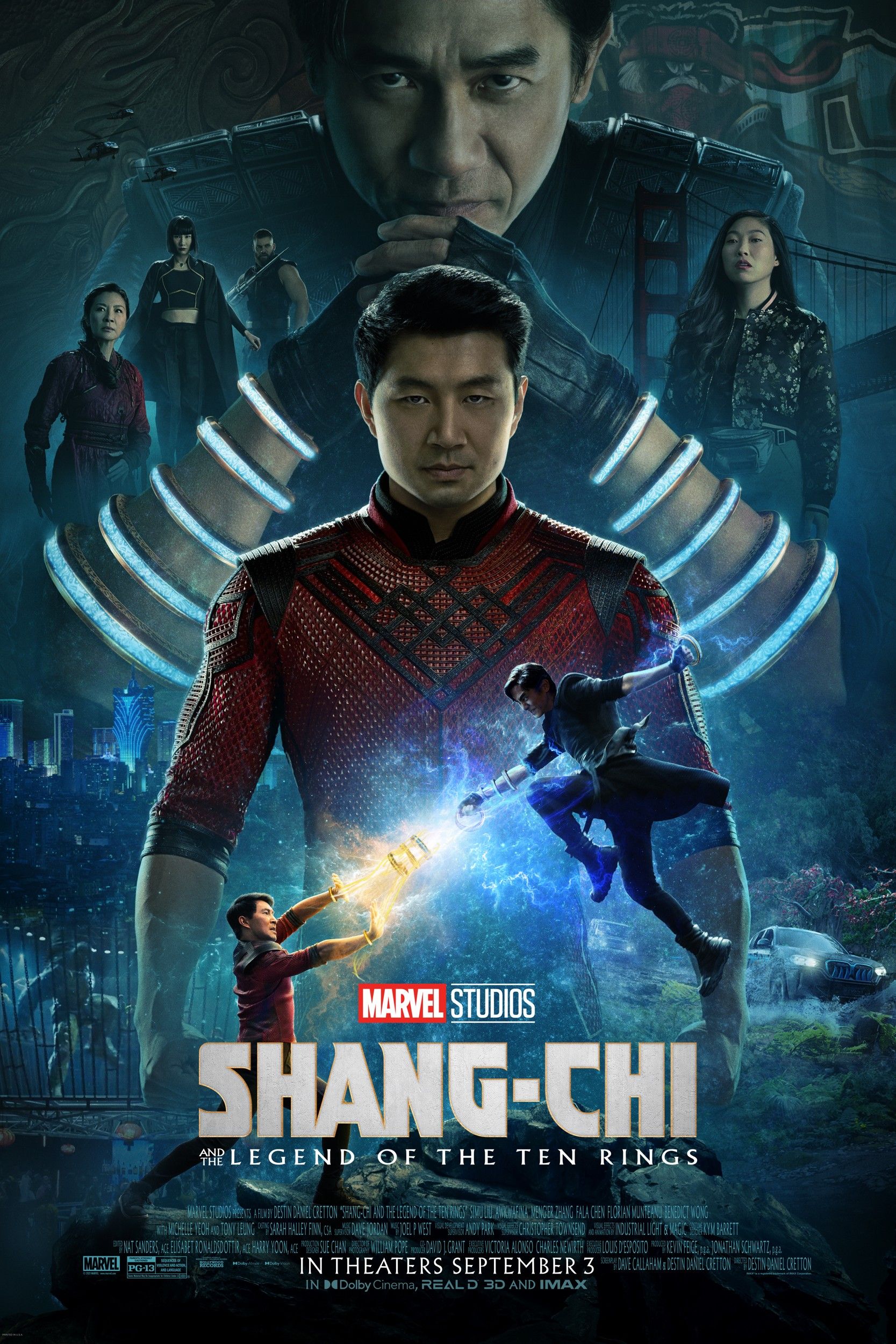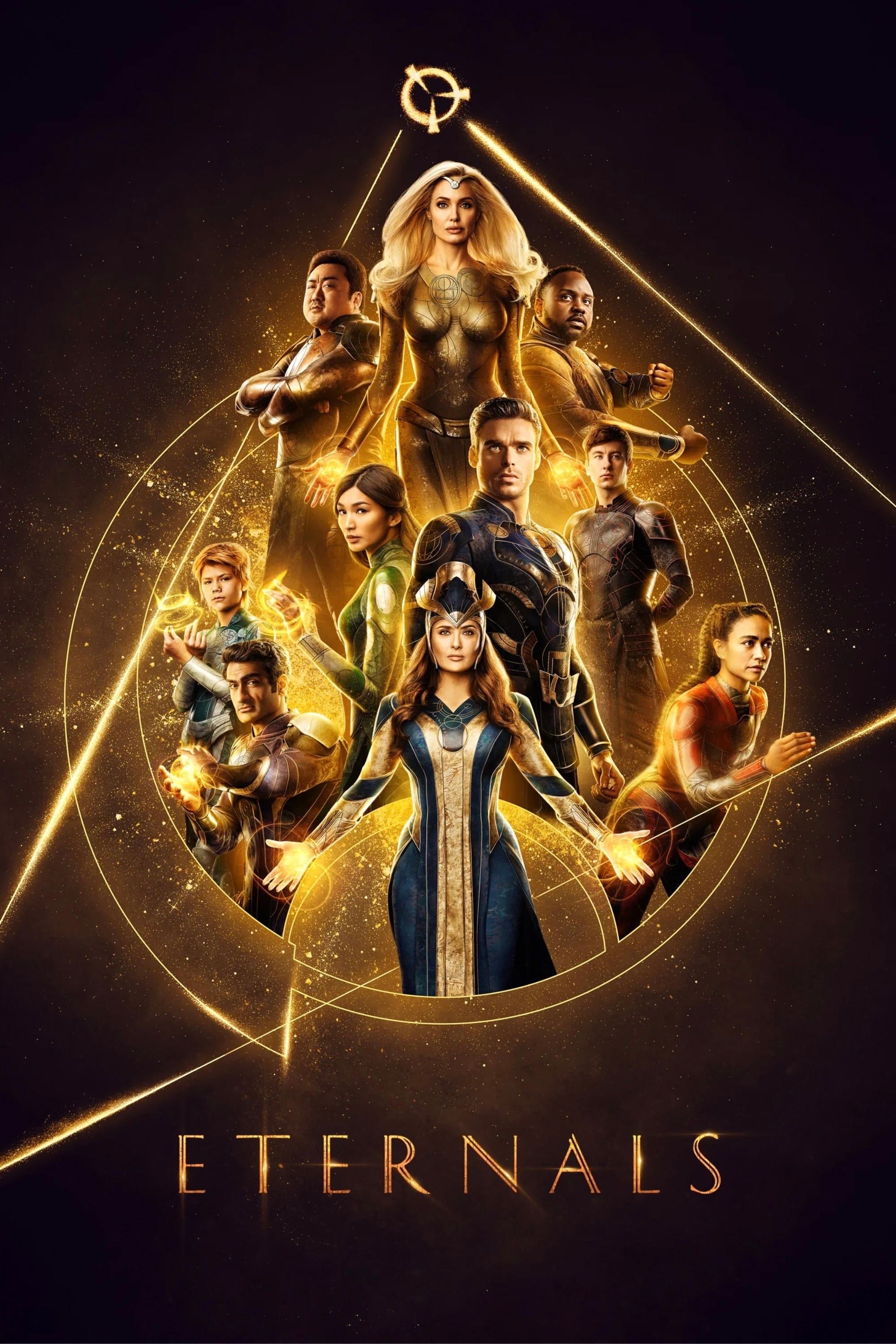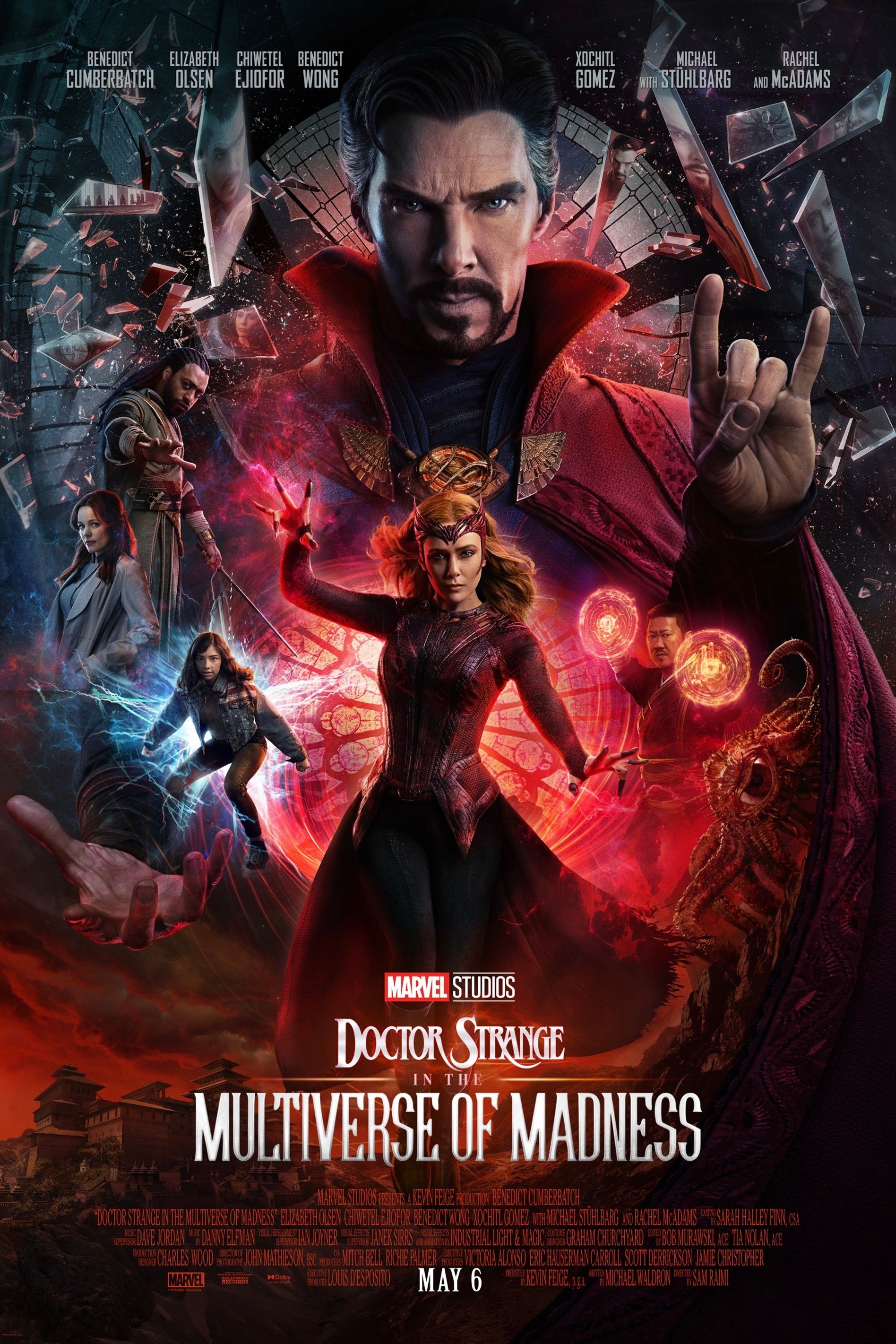Marvel's What If...? is a bold new entry into the MCU as the fourth Disney+ series but the first animated one. The medium of animation opens up a whole new world of storytelling for Marvel, and the studio is taking advantage of that creative freedom. Each half-hour episode of What If...? is dedicated to telling a different story about an alternate timeline in the multiverse, one in which Peggy Carter takes the super-soldier serum instead of Steve Rogers, or where Doctor Strange goes down a much darker path than he does in the MCU.
Shepherding all of this from start to finish are editors Joel Fisher and Graham Fisher. Screen Rant sat down with the brothers to talk about narrowing down the hundreds of stories they could have told, the challenges of animation vs. live-action, and blowing the Hulk up–literally.
So many people don't realize how different the role of an editor in animation is from being an editor in live-action. Did you do you find it a little daunting to have so much responsibility?
Graham Fisher: Yes, it's terrifying. But it's a tightrope walk along with a whole crew of incredibly talented filmmakers. We have an amazing director in Brian Andrews; we have amazing writers with head writer Ashley Bradley and Matthew Chauncey as well. Also the stories are birthed with the studio, with Kevin Feige and Victoria and Lou and Brad Winderbaum. All these voices at the studio are incredibly talented as storytellers. They're very much in tune with the broader story that they want to tell.
In terms of putting these episodes together, it's very true. You're right, in editing and animation, we start at a stage with storyboards. So, it's earlier than maybe the equivalent of live-action - because you're not actually stuck with the footage that they had to shoot that day, and they ran out of time to set up a camera or something. So, you can really dream up with the crew and with the director and the storyboard artists, hopefully, the best approach to the scene.
You guys are telling essentially completely different stories in these little chunks. Did you always know exactly what stories you wanted to tell and what points you wanted to build each episode around? Or did some of them change drastically from the beginning?
Joel Fisher: No. Ultimately, there's the overall pitches that the writers made at the beginning of the season. They're going, "Here are all the stories we could tell," and Kevin would be like, "That one, that one, that one. That one's cool, but we're not doing that one. Not yet." They cherry-picked what was the best overall series, basically, for the season.
Then we got the scripts, and the scripts were overall incredibly strong. So, it was a matter of being faithful to what was on the page, and what can we do two plus it from there even. What insane action can we bring to this that supports and doesn't just detract from the story?
For example, in episode 4, you've got the fight sequence there between Strange [and evil Strange]. There's this phenomenal stuff that Bryan Andrews, the director, and Aram Sarkisian, the board artist, were coming up with together. And as we're all working in the room, we're like, "We've got to reground this in the characters. What are the stakes here?" We could have them fight, fight, fight until he just overcomes him and absorbs himself. It's like, "Yeah, I win!"
Or we can reestablish the emotional reason for why this is happening, and what the stakes are. And that's Christine. Is he gonna work with himself, in essence, to bring her back? Or is he going to, in that final temptation moment, try to resist? Even if he's gonna lose, at least we've re-established Christine as the whole reason here. Because we haven't seen her since the beginning of the episode, pretty much.
It's those sorts of things that, as you're working through the boarding process and everything, [you wonder] what is the best shape for this jewel to bring out its light.
With animation, you can do everything and go even bigger than you do in live-action. Is that sometimes a problem, when you find yourself wanting to go so big and then realizing you actually have to bring it down a notch and reground it?
Graham Fisher: Yeah, it's always a delicate balancing act to try and strike that right balance. I think one of the most terrifying things in animation editing is actually that you've got these beautiful storyboards, and you might have one or two for a given shot that are a drawing of a person. You might have those really emotional scenes, and one of the scariest things to do is hold on those beats and try and create the space for an animator to basically come and bring something special to that moment.
So, it was interesting. I remember at one point having a scene where we got some feedback, where they're like, "Yeah, cut that. Why are we lingering here?" And we're like, "No, no, let's wait until the animation comes in and really find out whether it's [needed]." And they're like, "Oh, yeah, that makes sense." Because in live-action, you see that performance day one. You see the whole flicker in the eyes, so you know that was worth holding for.
You have to create the space for those moments in animation. It's a delicate balancing act of trying to create that space for those, and then hopefully the animators come in. We did have some pretty amazing animators on the show, I think.
Joel, you had mentioned that there are 100 different stories you can tell, and Kevin Feige often made the call. Was there a through-line, or a common denominator between these episodes and stories that got chosen?
Joel Fisher: We'll see. [smiling] The Marvel do-si-do there.
There are a lot of really bold choices made in some of these episodes. Where there some points that each of you were nervous about in regard to how fans would react? Or is it exciting to blow everything up?
Joel Fisher: Literally, in the Hulk's case.
Graham Fisher: ...too soon. [laughing] I think that it is a little bit of a vulnerable creative act to be creating these shows, because you are taking chances. This show basically felt like being a test kitchen. We're trying really bold new flavors that some people are gonna be like, "What?! Why did you serve me that?" And then they'll see the next episode, and they're going, "Oh, my God. This is my favorite thing. I didn't even know this was possible in the MCU. This is my favorite."
I think that's been kind of the fun on the show: to try pushing. And that's been the directive from the top. Kevin Feige has really encouraged the crew to push the limits of not just the MCU, but also of animation.
For example, in that fourth episode, we got to the end of that screening and Kevin stopped in the door as he's walking out. He's like, "It's amazing, first of all. I don't know how we're going to pull this off with the animation, but keep pushing it. I'm sure we'll figure it out." It's great.
Marvel's What If...? releases new episodes every Wednesday on Disney+.








